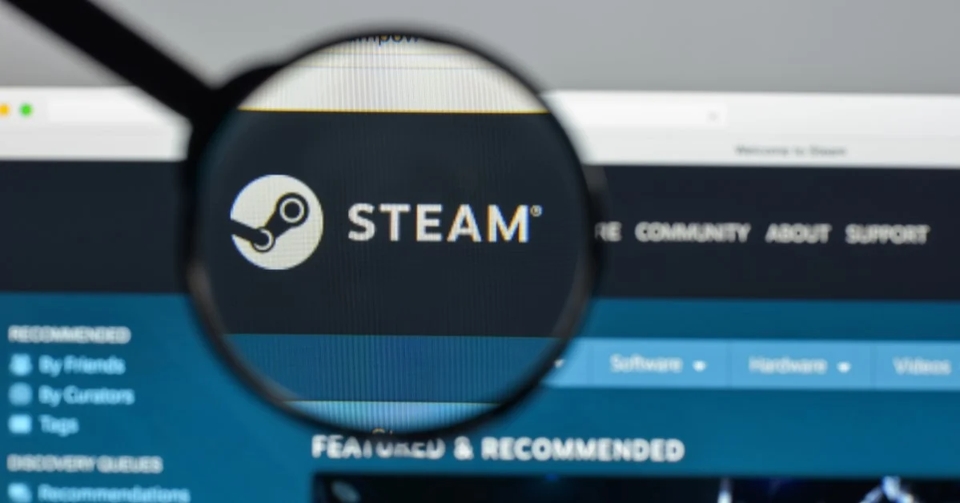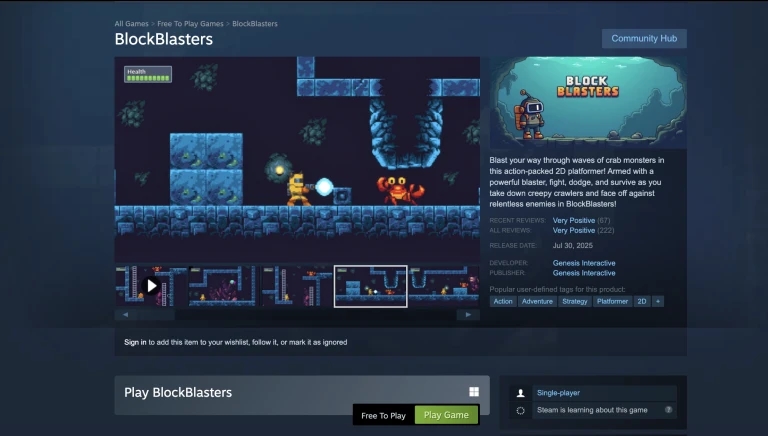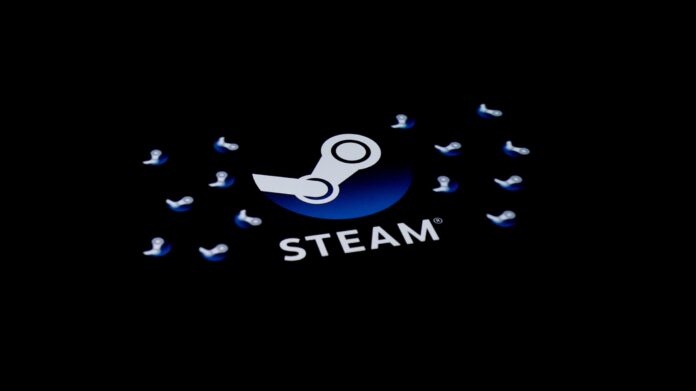
A Trojan Horse on Steam
Steam has long been trusted as the world’s largest PC gaming platform, but the discovery of Steam malware inside BlockBlasters has undermined that trust. Released on July 30, 2025, the 2D action game initially appeared harmless. Yet by late August, hackers slipped in a malicious update that transformed the game into a Trojan horse.
Once downloaded, the malware ran in the background, scanning computers for sensitive data. It targeted browser extensions, stored cookies, and, most critically, cryptocurrency wallets. The moment victims logged in, their funds were siphoned out.
The most shocking case occurred live on stream: a content creator watched helplessly as $32,000 in crypto—money raised for his cancer treatment—vanished in minutes. His devastating loss exposed the hidden threat lurking behind BlockBlasters and brought global attention to the broader problem of Steam malware.
Experts and Community Expose the Attack
Crypto investigator ZachXBT, known for tracking online fraud, analyzed blockchain activity tied to the malware. He estimated the attack affected at least 261 victims, draining over $150,000 in digital assets.
Security collective Vx Underground confirmed that BlockBlasters had been weaponized starting on August 30. Hackers not only relied on the Steam storefront but also reached out directly to crypto enthusiasts, offering “paid promotions” to encourage downloads.
On Reddit, players described the sophistication of the malware. One analyst, CodeErrorv0, explained that it did more than steal crypto wallets—it also hijacked browser cookies, enabling attackers to bypass two-factor authentication (2FA) and seize control of email or financial accounts.
As one user bluntly put it:
“This Steam malware stole $150,000 and stayed live for weeks. That’s terrifying.”
Valve’s Delayed Response

Once reports circulated, Valve finally delisted BlockBlasters. But critics argue the damage was already done.
A researcher from G Data CyberDefense revealed that their team had warned Valve about BlockBlasters a week before it was taken down. By then, hundreds of users had already been exposed to the malware.
This is not an isolated case. In fact, the BlockBlasters fiasco marks at least the fourth time Steam malware has been distributed through obscure indie titles in the past two years.
Valve has yet to release a detailed statement, but the pattern has ignited debates about whether its minimal oversight model is sustainable when real money—especially cryptocurrency—is on the line.
Near Misses and Victims
Some players narrowly avoided disaster.
On X (formerly Twitter), user TopsBuy claimed the developers of BlockBlasters invited him to a promotional partnership.
“They offered me money to promote the game. Something felt off, so I blocked them. Now I realize I dodged a major scam.”
Unfortunately, others were not so lucky. Victims reported losing their savings, with stolen funds impossible to recover due to the irreversible nature of blockchain transactions.
Beyond crypto, the malware’s cookie theft exposed people to account hijacks, leaving email, banking, and even social media accounts vulnerable.
Steam Malware Highlights Security Flaws
Steam’s reach is massive—more than 120 million active users worldwide. But this very scale makes it a prime target for hackers.
Experts warn that Valve’s current system—light initial checks followed by lenient monitoring of game updates—creates a perfect loophole for malicious developers. Many attackers now release harmless versions of games to pass Steam’s review process, only to inject malware later through updates.
This is precisely how BlockBlasters became a delivery vehicle for Steam malware. By the time users noticed something wrong, it was too late.

Fallout and Demands for Accountability
The incident has sparked outrage. While the gaming community raised donations to help the streamer who lost his cancer fund, victims who lost smaller sums may never recover them. Calls for Valve to compensate affected players have grown louder.
Cybersecurity analysts argue that Valve must overhaul its update-vetting system, introducing stronger malware scanning and requiring more rigorous checks before patches go live. Some even suggest independent audits or mandatory security certifications for developers.
For players, the message is clear: Steam malware is a real and growing threat, and personal precautions are more important than ever.
The Bigger Trend: Gamers as Targets
Attacks like BlockBlasters are part of a disturbing trend. According to a 2024 Kaspersky report, malware targeting gamers rose by 30% year-over-year. Steam, given its dominance, is one of the most exploited platforms.
Criminals know that gamers often install updates quickly and without suspicion. By exploiting this trust, hackers can slip in malicious payloads disguised as legitimate software improvements.
The rise of crypto has only made the incentive greater. Digital assets are easy to steal, nearly impossible to trace, and highly valuable—making crypto-focused Steam malware a hacker’s dream.
Lessons Learned
The BlockBlasters scandal shows how dangerous complacency can be. Valve can no longer rely on its hands-off publishing model. With billions in player spending and digital assets at stake, the company must recognize that game distribution has become a frontline for cybercrime.
For players, security experts recommend several precautions:
- Be skeptical of unknown indie games, especially those aggressively promoted via private messages.
- Delay installing updates until they’ve been reviewed by other users.
- Scan files with antivirus or anti-malware tools after download.
- Use cold wallets or hardware wallets for cryptocurrency instead of browser-based extensions.
Final Thoughts
The rise of Steam malware represents a turning point in the gaming industry. No longer can players assume that downloading from Steam guarantees safety. And no longer can Valve avoid accountability for what slips through its platform.
BlockBlasters may fade into obscurity as a failed indie title, but the lessons it leaves behind will shape how gamers, developers, and platforms confront the next wave of cyber threats.
In the end, this wasn’t just about a game stealing money—it was about trust in digital ecosystems. And when trust is broken, rebuilding it will take more than just delisting a title.

